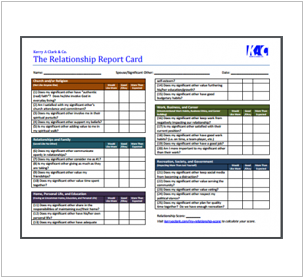Be the Line-Leader
The Habits That Form Leaders – Part 2.1
Leadership has become overly complicated and far too complex in our society, and it’s time to simplify it. While there are numerous helpful books, knowledgeable teachers, and leadership experts, some have made leadership into something more complex than it needs to be.
I recall attending leadership seminars and courses organized by my workplace, where the HR department would invite speakers to discuss leadership concepts. During these seminars, we would spend a few days isolated from our regular work, sitting with those tent cards in meeting rooms with notepads and materials. We engaged in role-playing and icebreakers guided by an instructor. While occasionally picking up valuable insights, I often found that the lessons were not practical for my everyday use. After a week, two weeks, or even a month, most of what I learned faded from memory for a couple of reasons:
1. The information wasn’t practical for my daily work scenarios.
2. It didn’t seamlessly fit with my regular workflow or the environment in which I needed to apply these concepts.
However, I’ve concluded that leadership does not have to be complicated; it can be quite simple. I want to share a straightforward way to understand leadership you can identify with and apply immediately. For those reading this, you might already be practicing some of these principles. I aim to do but one thing: to take you from where you are to the next level and enhance your ability to lead others.

A Line Leader
Let me explain leadership in the simplest terms. Let’s take a trip back to grade school. For most of us who attended public school, there was a designated time for restroom breaks. The teacher would appoint a class line leader. Listen to the words: a line leader, a person responsible for leading the class.
When it was time for a break, the line leader would stand at the door, signaling that it was time for the rest of the class to line up. This individual served as the indicator—when they moved, everyone else could follow. If you’re a leader, your job is to signal people when to get in line, get the job done, begin the project, start the workout regimen, commence a new way of life, change a habit, or set goals. As a leader, your role is to provide those signals to others. You help people know when it’s time to take action. Think about what you have to offer that would encourage others to follow your lead. What do you have that other people want to get in line for, so to speak?
Next, the class would line up behind the line leader. The line leader’s role is to open the door and prepare to lead the way. However, no one can move until the line leader moves. This can be both positive and negative.
Focusing on the positive aspect [To the Right], the line leader serves as an indicator, providing the signal for when to move. This is important because it means everyone is ready when it’s time to go to the restroom—in other words, ready and in position to complete a specific task. The leader ensures that the class (the team) can complete the job assigned and progress to the next level.
On the flip side, if the line leader is absent, doesn’t move, or fails to perform their job effectively, the class is delayed from reaching their goals—like taking a bathroom break. Therefore, the role of the line leader is essential to the team reaching its potential. [To the Left] That line leader being out of place is horrible! When the line leader fails to fulfill their duties, it can lead to frustration and hinder progress.
Perhaps you’re not where you need to be simply because the leader is not in position.


